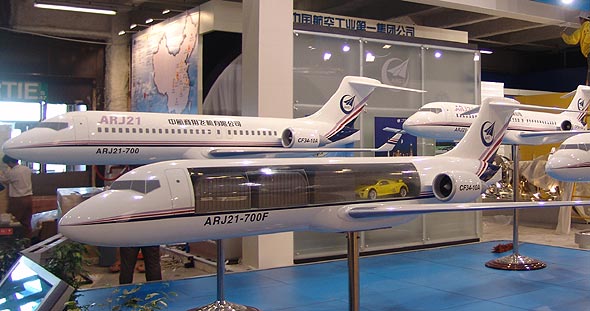The Number of China's Patent Filings was More Than 10 Times of India's

International patent filings experienced a sharper than average decline in a number of industrialized countries. For example, the filing rate dropped by 11.4% in the USA and by 11.2% in Germany in 2009.
Declines were also experienced in the United Kingdom (-3.5%), Switzerland (-1.6%), Sweden (-11.3%), Italy (-5.8%), Canada (-11.7%), Finland (-2.2%), Australia (-7.5%) and Israel (-17.2%).
The United States of America (USA) maintained its top ranking (annex 2), filing just under a third of all international applications in 2009 (45,790), followed by Japan (+3.6%, 29,827 applications), Germany (-11.2% or 16,736 applications), ROK (+2.1%, 8,066 applications), China (29.7%, 7,946 applications), France (+1.6%, 7166 applications), United Kingdom (-3.5% or 5,320 applications), the Netherlands (+3.0% or 4,471 applications), Switzerland (-1.6% or 3,688 applications) and Sweden (-11.3% or 3,667 applications).
Panasonic Corporation (Japan) returned to the top spot in the list of PCT applicants, nudging Huawei Technologies, Co., Ltd. (China) into second place. Panasonic Corporation had 1,891 PCT applications published in 2009, China's Huawei Technologies Co. Ltd. had 1,847, followed by Robert Bosch GMBH (Germany, 1586 applications), Koninklijke Philips Electronics N.V. (Netherlands, 1,295 applications) and Qualcomm Incorporated (USA, 1280 applications). Four Japanese companies, Panasonic Corporation (ranked 1st), NEC Corporation (ranked 8th), Toyota Jidosha Kabushiki Kaisha (ranked 9th) and Sharp Kabushiki Kaisha (ranked 10th) featured in the list of top 10 largest filers.
The University of California accounted for the largest number of applications published in the category of educational institutions. Most top-filing universities, however, experienced declines in the number of international patent filings in 2009.
The largest number of international applications received from developing countries in 2009 came from the Republic of Korea (8,066) and China (7,946) followed by India (761), Singapore (594), Brazil (480), South Africa (389), Turkey (371), Malaysia, (218), Mexico (185) and Barbados (96).
Developing countries make up over 78% of the membership of the PCT, representing 112 of the 142 countries that have signed up to the treaty and accounted for 14% of the total number of filings (with China and ROK accounting for 10%). Source
Patent filing with patent offices in their own countries
The above data came from WIPO. There are also big difference between the patent filings inside China and India. The latest data was for 2007 but it was published in 2008.
According to global research and analytics firm Evalueserve, India filed 35,000 patent applications during the fiscal year 2007-08, whereas China had more than 2.45 lakh applications in 2007.
In 2007, filings by domestic applicants in China accounted for 62.4 percent of the 20-year patent applications with the S.I.P.O.
During the same period, the year-on-year increase in domestic 20-year patent application filing in China was at 25 percent, whereas that of foreign filings stood at 4.5 percent.
On the other hand, only 24,505 patent applications were filed at the I.P.O. in 2005–06. Among them, domestic applicants filed about only 20 percent (4,855 applications) while foreign applicants filed 80 percent (19,650 applications). (Source)
Conclusion
When Indian and western media often tag Indian economy as knowledge-based economy while tell the world that China is only a copycat. But China's filed 7,946 patent application in 2009, and India only did 761 in the same year. The number of China's patent filling was than 10 times of India's while China's economy was about 4 times of India's (US$ 4.9 trillion VS US$1.28 trillion).
The trend difference of patent application in the two countries are obvious. From year 2004 to 2009, The numbers of India's patent filings were: 724, 679, 836, 901
1070, 761. During the same period, the numbers of China's patent filings were: 1706, 2512, 3937, 5465, 6128,7946. This is a great leap forward. Source and source.
Comparing with China's achievement, India's so-called knowledge-based economy is simply another joke for the world.

India was even not in Top 15 countries by the number of patent filling in 2009
Labels: China, China India Comparison, Economy, India, technology


